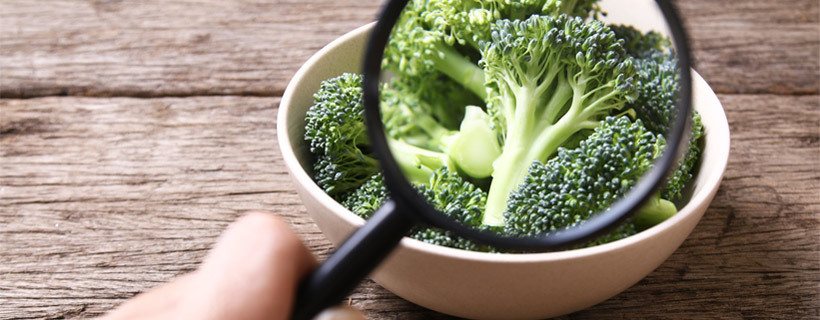Share this article

Holiday Food Safety
Some Turkey (Safety) Talk
Unlike our schools, you probably do not plan your menus a month or more in advance. The holidays may be the exception to the rule. Do you have your Thanksgiving menu planned? Are you trying something new or honoring family traditions with recipes handed down over the years?
I wanted to share a few food quality tips to avoid a Turkey Apocalypse at your house – as well as a few shopping and food prep pointers to ensure you get the most nutritional value from your feast.
- Thaw a frozen turkey in the refrigerator, allowing one day for every 4 pounds of turkey. You can also thaw a turkey in cold water, allowing 30 minutes per pound. (Change the water every 30 minutes to keep it cold.)
- Prevent cross-contamination by keeping raw poultry on its own cutting board or a non-porous surface that is easy to clean. Blot the turkey with paper towels. Use hot, soapy water to wash your hands and any work surfaces or utensils touched by raw poultry.
- Bake your stuffing separately to avoid the risk of salmonella, a particularly nasty food poisoning.
- Start checking for doneness 30 minutes before the time recommended by the roasting schedule. A real meat thermometer (rather than the pop-up thermometer that may be packaged with the turkey) will give you the most accurate reading.
How do you make your side dishes most nutritious? If you can:
- Choose locally grown produce soon after it is picked.
- Store veggies (except root varieties) in the fridge.
- Blanch, steam or sauté water-soluble vegetables such as broccoli, kale, spinach, and cauliflower at low temperatures in just enough water.
There is still nutritional value in frozen and canned vegetables – no guilt! Good nutrition is about making better choice more often, not daily perfection.
Whether you are a seasoned chef or a microwave maestro, my entire team sends good wishes, from our kitchens to yours!



Comment (0)
Post your comment